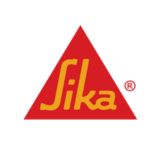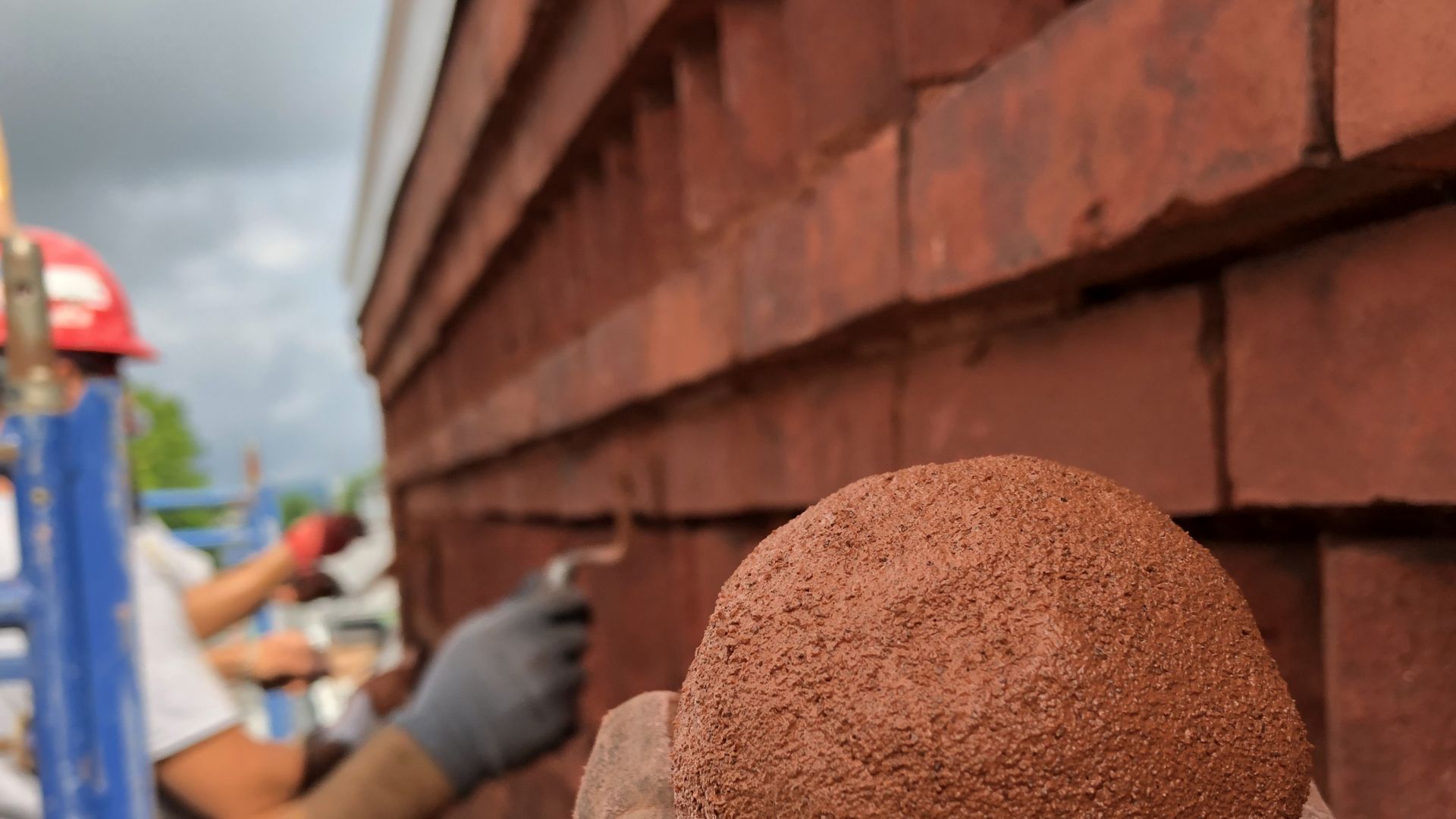THE SELECTION OF REPOINTING MORTARS
Selecting the right mortar is essential for the success of the project. To do so, you need to make sure that the new mortar is compatible with the original mortar. The following factors should be considered;
1. The new mortar must be equal or weaker in terms of compressive strength than the original mortar;
2. The new mortar should be equal or more permeable to water vapour than the masonry units and the orginal mortar;
3. The new mortar must be durable;
4. The new mortar must be aesthetically similar to the original mortar.
How does one determine the compressive strength of a mortar or its vapour permeability? Basically, two solution sare available:
The first solution is to order a chemical analysis of the physical properties of the original mortar. This analysis will allow you to determine the compressive strength of the mortar, the binder type, the binder/sand proportions, as well as the particle size of the sand used. Unfortunately, these analysis are expensive and few companies have the expertise to do them.
The second solution, less scientific, but just as much effective is to date the origin of the project. Contrary to European buildings, the history of masonry in Canada is not very old and therefore fewer types of binders were used. We adhere to the philosophy that the new mortar does not have to be identical to the original mortar, but it must be compatible with it. The date allows to identify with enough precision the type of binder that may have been used for the construction of the project. – Refer to document ''SELECTION GUIDE FOR MORTARS AND GROUTS FOR THE RESTORATION OF HISTORICAL BUILDINGS'' available on the website. Knowing that the proportion of sand is generally three times greater in volume than the amount of binder, the composition of the original mortar is clarified.
The colour of the original mortar also points to the nature of the original binder. Generally, it’s the sand that provides colour to the mortars. Lime mortars tend to be beige shades, while natural cement mortars tend to be more ocre shades. As for the more recent cements, they are generally more grey shades.

